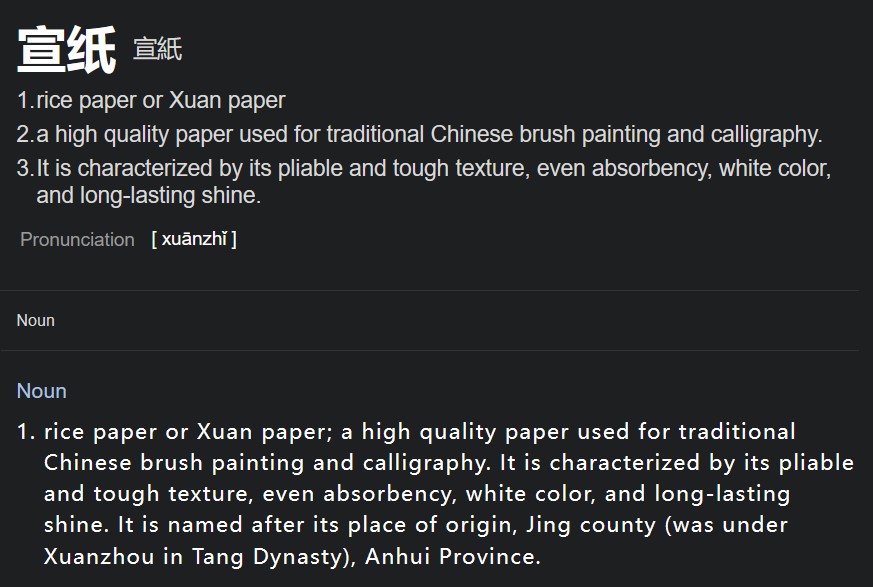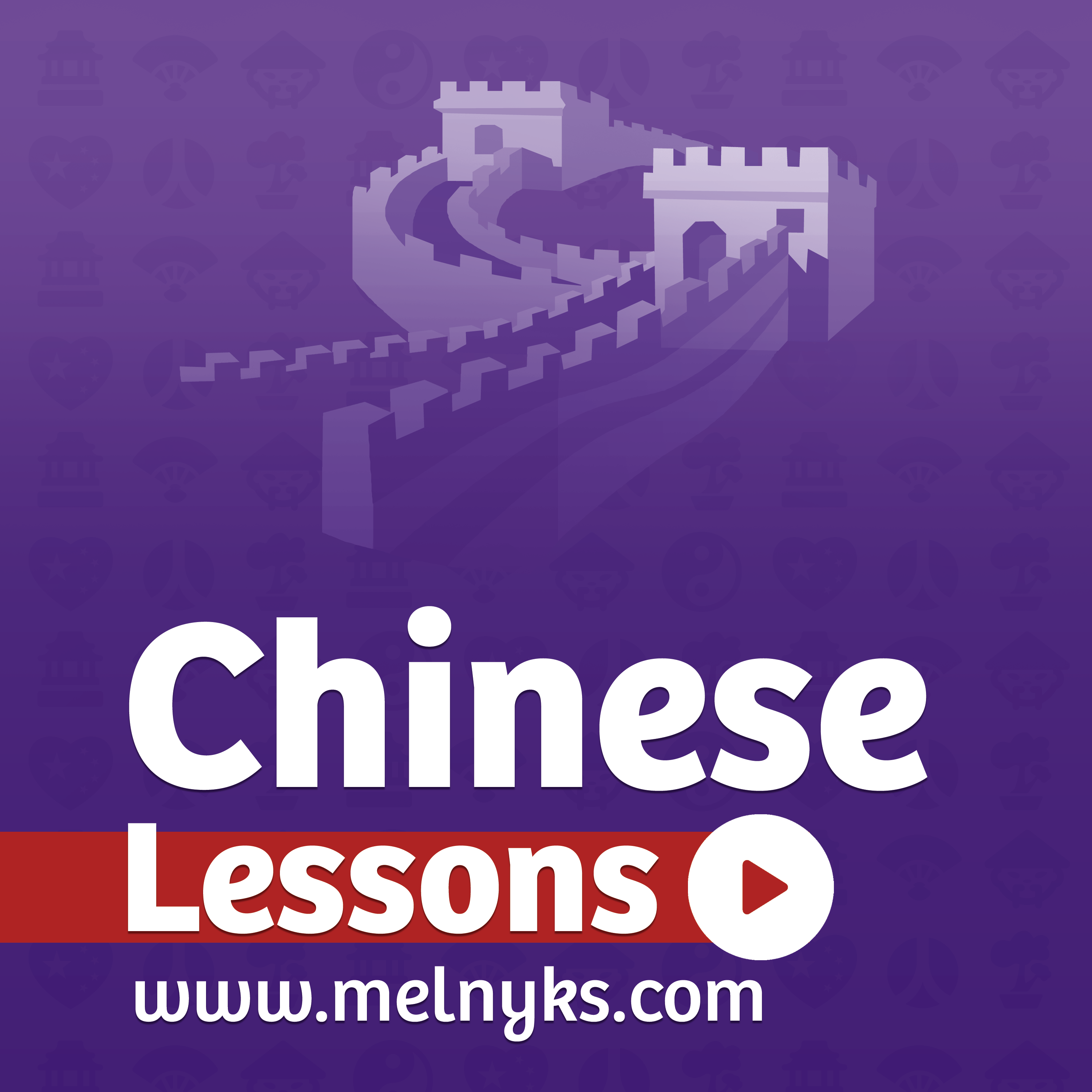For anyone learning Chinese, practicing handwriting is more than just a practical skill – it’s a window into Chinese culture and tradition. Writing Chinese characters involves not only learning their strokes but also mastering balance, structure, and rhythm. A key component of this practice is choosing the right calligraphy paper. This is how you select the best one to enhance your practice.
Why the right paper matters
When practicing Chinese handwriting or calligraphy, the type of paper you use can significantly impact your experience and results. Different types of paper respond to ink and brushes differently, influencing how your strokes appear and how well you can refine your technique. Using poor-quality or inappropriate paper can lead to smudging, uneven strokes, or frustration, making it harder to progress.
Traditional Chinese calligraphy and handwriting are deeply connected to tools known as the “Four Treasures of the Study” (文房四宝): the brush, ink, inkstone, and paper. Each plays a crucial role, but the paper – often called xuan paper (宣纸) or “rice paper” in English – is arguably the most challenging to select.
Types of calligraphy paper
Calligraphy paper comes in a variety of types, each suited to different levels of experience and styles of writing. Here are the most common options:
1. Raw xuan paper (生宣纸)
Raw xuan paper is a traditional, absorbent paper used in Chinese calligraphy and painting. It’s prized for its ability to allow ink to flow naturally and create expressive strokes. However, this paper absorbs ink quickly, so it requires a steady hand and some experience to prevent blotches or unintended effects.
Best for: Intermediate to advanced calligraphy learners or those practicing cursive and semi-cursive scripts.
2. Processed or ripe xuan paper (熟宣纸)
Processed or ripe xuan paper is treated to make it less absorbent, allowing for more control over ink flow. It’s ideal for beginners, as the ink doesn’t spread as quickly, giving you time to adjust your strokes.
Best for: Beginners or learners practicing regular script (楷书).
3. Gridded practice paper
This paper is often printed with grids or outlines of Chinese characters. The grids can be blank, or they may have pre-printed characters that learners can trace. These are excellent for practicing the proper proportions and structure of characters.
Best for: Beginners or learners focusing on character form and structure.
4. Calligraphy copybooks (字帖纸)
Copybooks often come with reusable water-writing paper. You use a brush dipped in water instead of ink, and the strokes appear on the paper but fade as the water dries. This is an eco-friendly, low-mess option for repetitive practice.
Best for: Beginners or casual learners who want to avoid using ink.
How to judge paper quality
With so many types of calligraphy paper available, it’s important to know how to judge quality. Here are some key factors to consider:
1. Absorbency
High-quality xuan paper strikes the perfect balance between absorbing ink and retaining clarity. Too much absorbency can cause ink to bleed uncontrollably, while too little absorbency can result in stiff, uneven strokes.
2. Thickness
The thickness of the paper affects its durability and how well it handles ink. Thin paper may tear easily or buckle when wet, while overly thick paper can feel less traditional and may not produce the desired texture.
3. Smoothness
A smooth surface is essential for consistent strokes, especially for beginners. Advanced practitioners may prefer a slightly textured paper, which adds character to their work.
4. Treatment
Processed papers offer better control and are easier to use for learners. However, raw xuan paper is ideal for those looking to achieve more expressive or artistic results.
Where to find high-quality calligraphy paper
If you’re looking for the right calligraphy paper, consider the following sources:
1. Specialty art stores
If you’re lucky your local art supply stores or specialty shops sell xuan paper and related materials. Staff members should be able to guide you based on your skill level and preferences.
2. Online platforms
Websites like Amazon, AliExpress, and Etsy offer a wide selection of calligraphy paper. Take a good look at the reviews and make sure that paper texture, absorbency, and overall quality are as good as promised.
3. Cultural shops or bookstores
Many Chinese cultural stores or bookstores sell calligraphy sets, including paper. These are great places to find practice grids or reusable water-writing books.
4. Direct from manufacturers
If you’re looking for high-end xuan paper, consider ordering directly from manufacturers or trusted suppliers in China.
Tips for practicing with calligraphy paper
Once you’ve selected your paper, here are some tips to get the most out of your practice:
Start with processed paper or gridded sheets. These are more forgiving and help you focus on basic techniques.
Use the right brush and ink. A good brush with soft, flexible bristles will complement your paper. Avoid using too much ink to prevent blotting.
Practice regularly. Consistent practice helps you develop muscle memory and improves the fluidity of your strokes.
Experiment with raw xuan paper as you improve. While challenging, this paper will push you to refine your skills and embrace the artistic side of calligraphy.
Conclusion
Choosing the right calligraphy paper can make a big difference in your Chinese handwriting practice. Whether you’re just starting out (avoid these bad practices) with reusable water-writing paper or diving into raw xuan paper as an advanced learner, finding the right fit can really enhance your experience. Don’t be afraid to try out different types of paper and see what works best for you. With time, patience, and practice, your handwriting can grow into a beautiful reflection of Chinese culture.
Affiliate links
Disclosure: These are affiliate links. They help me to support this blog, meaning, at no additional cost to you, I will earn a small commission if you click through and make a purchase.


